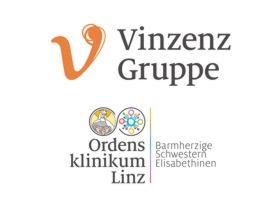Guidelines on radioiodine therapy for differentiated thyroid carcinoma: impact on clinical practiceTools Biermann, M, Pixberg, M K, Dörr, U, Dietlein, M, Schlemmer, H, Grimm, J, Zajic, T, Nestle, U, Ladner, S, Sepehr-Rezai, S, Rosenbaum, S, Puskás, C, Fostitsch, P, Heinecke, A, Schuck, A, Willich, N, Schmid, K W, Dralle, H und Schober, O (2005) Guidelines on radioiodine therapy for differentiated thyroid carcinoma: impact on clinical practice. Nuklearmedizin. Nuclear Medicine, 44 (6). pp. 229-237. ISSN 0029-5566 1 - 2005 Nuklearmedizin Biermann.pdf Restricted to Nur registrierte Benutzer Download (332kB) KurzfassungAIM
For the examination of the impact on clinical practice of the guidelines for differentiated thyroid carcinoma (DTC), treatment data from the ongoing Multicenter Study Differentiated Thyroid Carcinoma (MSDS) were analyzed.
PATIENTS, METHODS
Patients were randomized to adjuvant external beam radiotherapy (RTx) or no RTx in addition to standard therapy in TNM stages pT4 pN0/1/x M0/x (UICC, 5th ed. 1997). All patients were to receive the same treatment regimen consisting of thyroidectomy, ablative radioiodine therapy (RIT), and a diagnostic 131I whole-body scintigraphy (WBS) 3-4 months after RIT.
RESULTS
Of 339 eligible patients enrolled between January 2000 and March 2004, 273 could be analyzed. Guideline recommendations by the German Society for Nuclear Medicine from 1999 and 1992 were complied with within 28% and 82% with regard to the interval between surgery and RIT (4 vs. 4-6 weeks), in 33% and 84% with regard to 131I activity for RIT (1-3 vs. 1-4 GBq; +/- 10%), and in 16% and 60% with regard to 131I activity for WBS (100-300 vs. 100-400 MBq; +/- 10%).
CONCLUSIONS
The 1999 guideline revision appears to have had little impact on clinical practice. Further follow-up will reveal if guideline compliance had an effect on outcomes.
Actions (login required) |
||||||||||||||
|


 Tools
Tools Tools
Tools